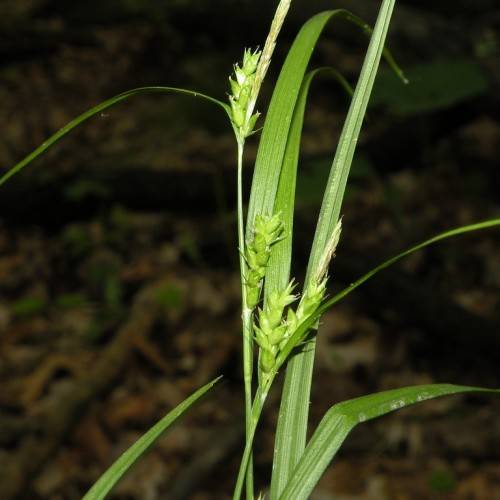
Eastern Narrowleaf Sedge
Carex amphibola
Watering:
Average
Hardiness Zone:
Sun:
full sun,part shade
Leaf:
Yes
Growth Rate:
Low
Salt Tolerant:
Yes
Care Level:
Low
watering
Sturdy Sedge (Carex alma) should be watered moderately and consistently. After it is planted, the soil should be kept consistently moist until new growth appears. Once the plant starts to grow, you should continue to water it about 1 inch per week. If the temperatures are very hot, increase the water amount to 1.5 inches of water. The best time to water Sturdy Sedge is early in the morning, so that its leaves can absorb moisture throughout the day. Never let the soil dry out completely during its active growth period, which is generally from spring to fall.
sunlight
Sturdy Sedge (Carex alma) requires full sun exposure for optimum growth and flowering. The ideal amount of direct sunlight is at least 6 hours per day. If planted in areas with light shade, Sturdy Sedge may not reach its blooming capacity and could experience stunted growth. For best results, position Sturdy Sedge in an area that receives mostly direct sunlight, ideally during early morning and late afternoon hours.
pruning
Sturdy Sedge (Carex alma) requires pruning for best growth and health. It is best to perform light pruning throughout the year, in early spring and late summer. During early spring, prune away dead and damaged foliage. In late summer, trim back the foliage if it has become too large and lush. This will promote new growth in the spring and help maintain an attractive shape. Pruning can also help direct the growth of the plant, as well as reduce the size of the plant. Additionally, pruning can help maintain healthier foliage and encourage bushier growth. When pruning Sturdy Sedge, it is best to use sharp gardening shears for a cleaner, smoother cut.
